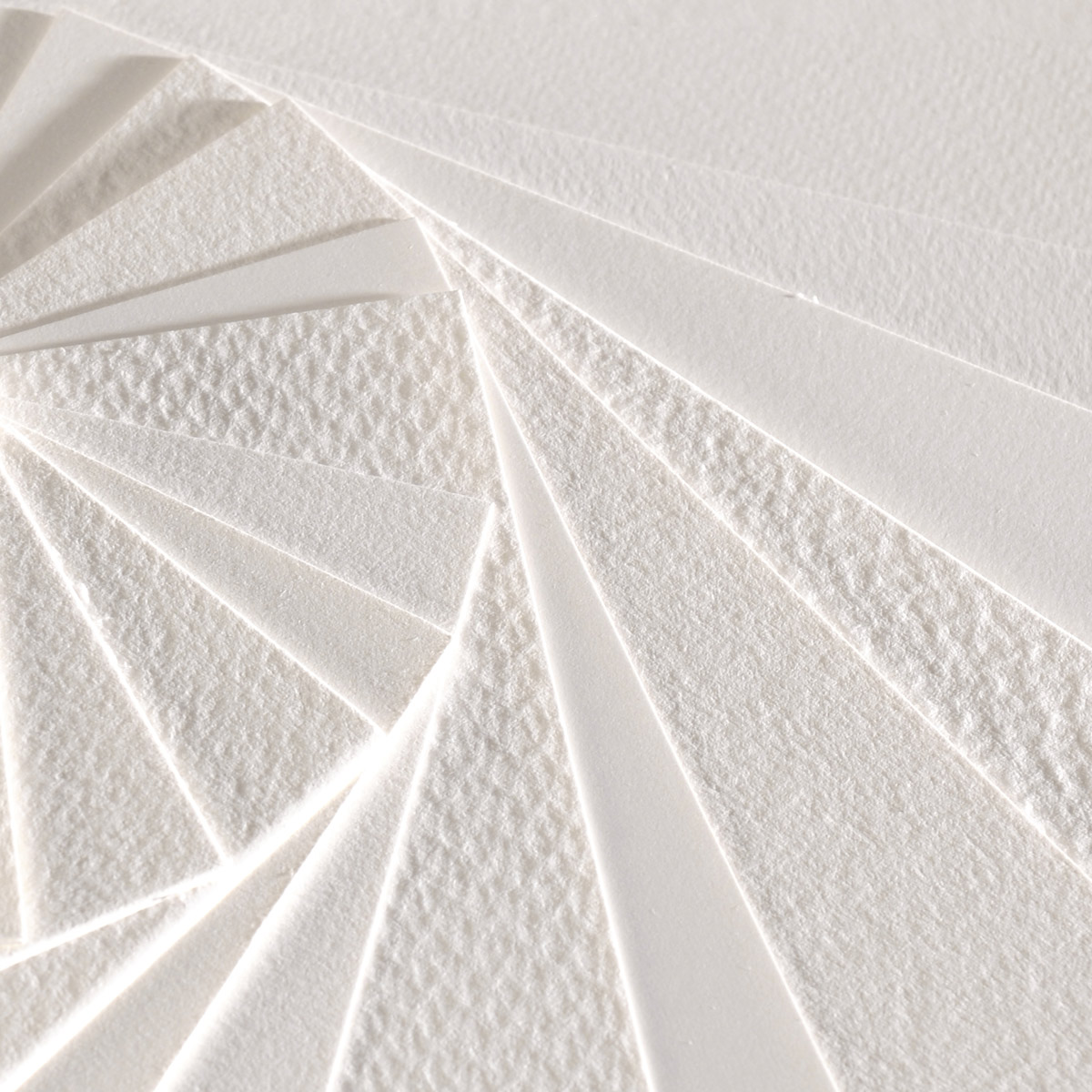White? Colored? Satin or medium grain? It's worth taking the time to think about it before selecting your paper. Before you buy, ask yourself the right questions.
- Home
- Expert advice
- Select your drawing paper

1. Is your medium more liquid, dry or thick
Dry, like charcoal : you need medium grain paper, such as Canson "C" à grain paper, so that it can adhere without interfering with the smoothness of your movement.
Thick, like color or graphite lead pencils : this requires a smooth surface, that is, a fine grain like Canson 1557 paper, so that it can spread easily.
Special case: working with pen and ink requires very smooth paper, like Canson® Bristol board, so your pen doesn't catch.
2. Should it be sturdy?
You will be doing a lot of erasing: make sure your paper is not too thin, to keep it from tearing at the slightest erasure.
You will be working by overlaying various layers: remember that your paper must be heavy enough to support your drawing material.

3. White or color?
It all depends on your medium's covering capacity and the effects you are looking for.
- White for charcoal and graphite drawings: you extend your range of tones from the whiteness of the paper to the dark gray of the drawing material. This gives you optimum contrast between shadow and light.
- Color for pastels and chalks, which have a high capacity for coverage. This allows you to work the background color into the tones in your drawing.
The expressions "paper with a hand" [in French: papier qui a de la main"] and "a quire of paper" [in French: "une main de papier"].
Paper with a hand is paper that appears heavy compared to its actual grammage.
A quire [main de papier] is equal to 25 sheets. Why? Because papermakers count sheets of paper with 5 fingers, at a rate of 5 sheets per finger. So they count 25 sheets at the same time with one hand.
Recommended product:
C à grain® 180 & 224 g/m²
See also :
Drawing
Drawing: Stumping
Explore more tutorials on this technique
Drawing
The basics of good inking
Drawing
Drawing a Christmas Pin-Up
Drawing
The travel album
Drawing
Composing a still life
Drawing
Composing Landscapes
Drawing
Drawing: Secrets of perspective
Drawing
Color Basics
Drawing
Paint and Draw Outdoors
Drawing
Hatch drawing
Drawing
Eraser drawing
Drawing
Drawing: Human proportions
Drawing
Drawing: Stumping
Drawing
Drawing a face
Drawing
Architectural drawing
Drawing
Drawing a line
Drawing
Drawing: Determining proportions
Drawing
Drawing: Selecting your material
Drawing
Preparing your Drawing material
Drawing
Choosing your drawing media
Drawing
Drawing: Create a sketchbook
Drawing
Drawing: shading and light
Drawing
The 6 essential steps in drawing
